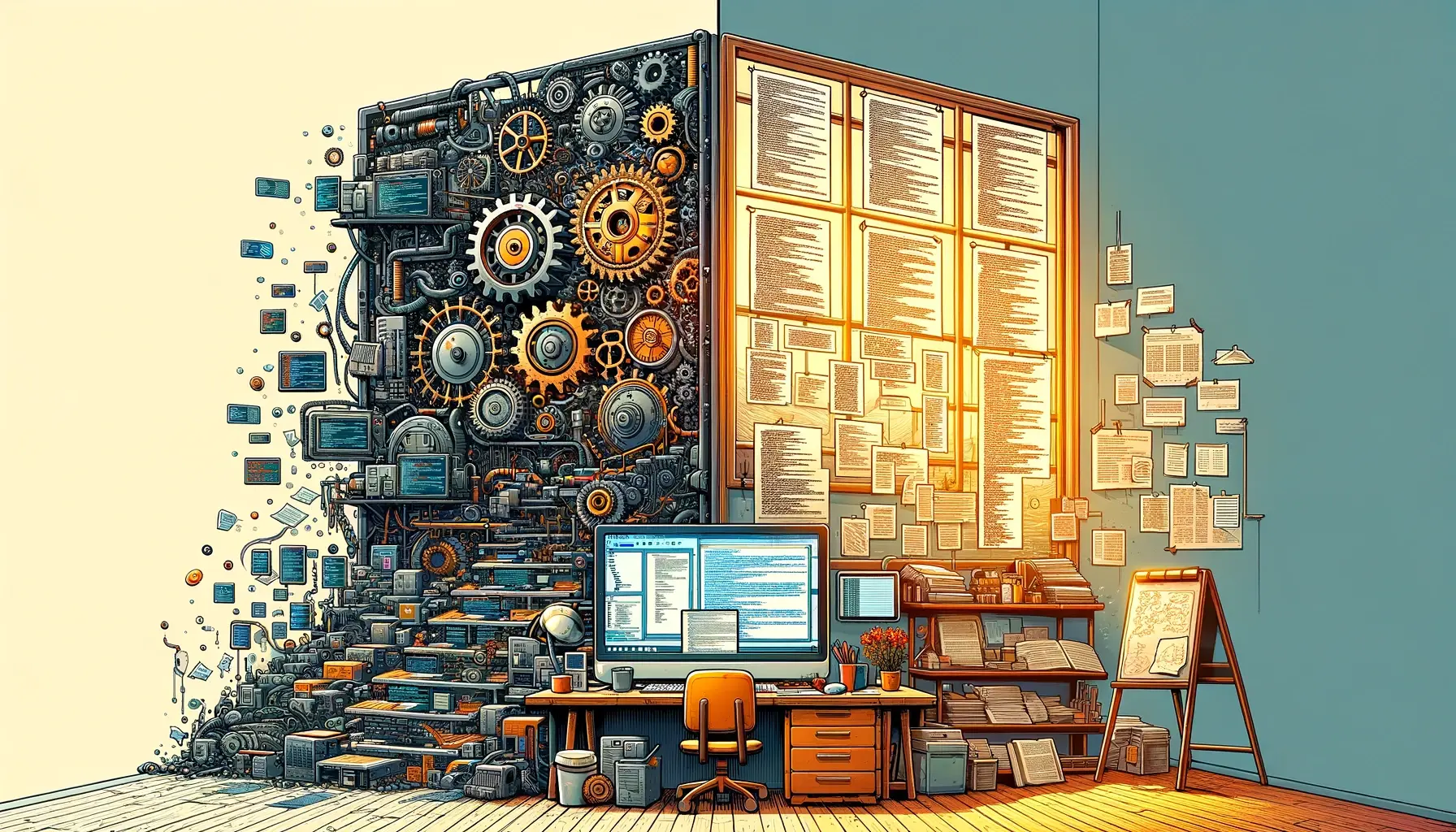AEM edge delivery services (EDS) is a quick performance win. By removing layers of complexity, our team can use the tools we and our clients know to develop and deploy performant sites, making it straightforward to maintain and evolve content and the code that supports it.
Document-based editing is a significant change for Adobe. We spent the past 10-plus years impressing customers with the intuitive drag-and-drop authoring interface of Adobe Experience Manager (AEM), so when Helix rolled out document-based editing, we were scratching our heads at first because EDS is such a mindset change from the production and maintenance workflows in AEM sites.
Next-generation performance - less is more
Edge delivery service's minimalist approach is both a speed advantage and a mindset change. By not being tied to a templating system, we can leverage the most performant front-end technologies, making best-in-class end-user experiences possible. Meanwhile, Document-based editing simplifies publishing workflows by removing content management system (CMS)--specific interfaces. Removing an entire system from the publishing chain simplifies editing and reduces back-end development by leaving content in familiar source systems like Word and Excel.
Rethinking CMS workflows - change is hard
No one likes having a new system foisted on them, but technology has changed since content management systems became popular. In the 90s, production used to be a mishmash of content and code. We were doing inline styling with table-based layouts and sliced & diced images. Content management systems arrived and helped us separate content from presentation code. Content blocks are entered, formatted, and published without a developer's help. The purpose-built interfaces reduced the need for coordination between content and development teams, which was a significant improvement.
AEM emerged as the enterprise leader in experience management with its best-in-breed drag-and-drop authoring experience. In the early days, it had a huge scope of capabilities. It combined content management, asset management, personalization, and analytics. It started as a monolith, which Adobe separated into individual products over time.
Where is content really created?
A significant advantage of AEM is production efficiency. Producers can build and publish content without the help of a developer. It is intuitive to learn, and with a solid component system, it lends itself to experimentation. Web producers are typically CMS users who gather assets and ultimately copy and paste content from source documents.
However, a CMS is a publishing system, not an editor. Content authors and designers create content with tools like Word, Google Docs, Photoshop, and Illustrator and save their work to SharePoint, Drive, or a digital assets management system (DAM).
Drag & Drop interfaces are more challenging to maintain
The downside of drag-and-drop is that it adds a layer of complexity. As marketing needs evolve, drag-and-drop authoring interfaces must be developed and maintained, which requires front-end development for the end-user experience and back-end development for the authoring interfaces.
But if authors and designers are not using the CMS and producers already have to hop between several source systems to consolidate assets, does a great CMS authoring experience bring value?
It is simple and fast.
EDS gets its speed by keeping things simple. It styles layouts with simple Javascript on the front end and aggressively caches content to an edge CDN. We also appreciate that Adobe embraces Web Components, which is faster than using a heavier framework like React. And we like speed—more importantly, users and Google like speed. The combination of Web components persisted in an edge CDN, which makes it easy to get that coveted lighthouse score of 100, giving us better search results and increasing our visibility.
The time is right
Speed is terrific, but it is also a moving target. The technology bar is rising, and what is a speed advantage today will be table stakes tomorrow. Simplifying integrations via APIs and untethering authoring from the presentation layer reduces complexity and allows teams to work independently with tools they know, contributing to a better end-user experience.
Whatever you call it—AEM Edge Delivery Services, Helix, or Franklin—Adobe has done a great job of bringing these patterns to the enterprise with EDS.
